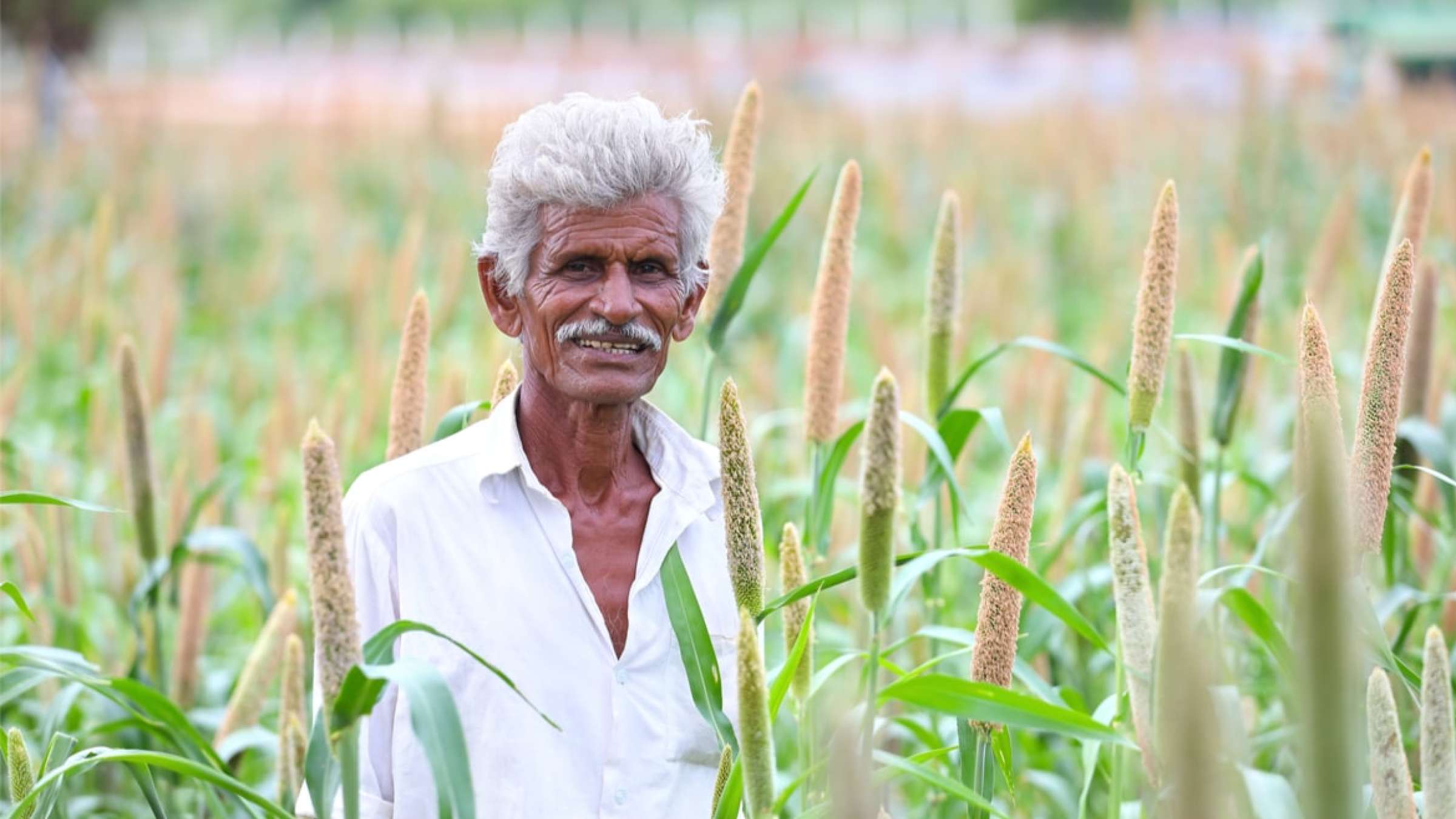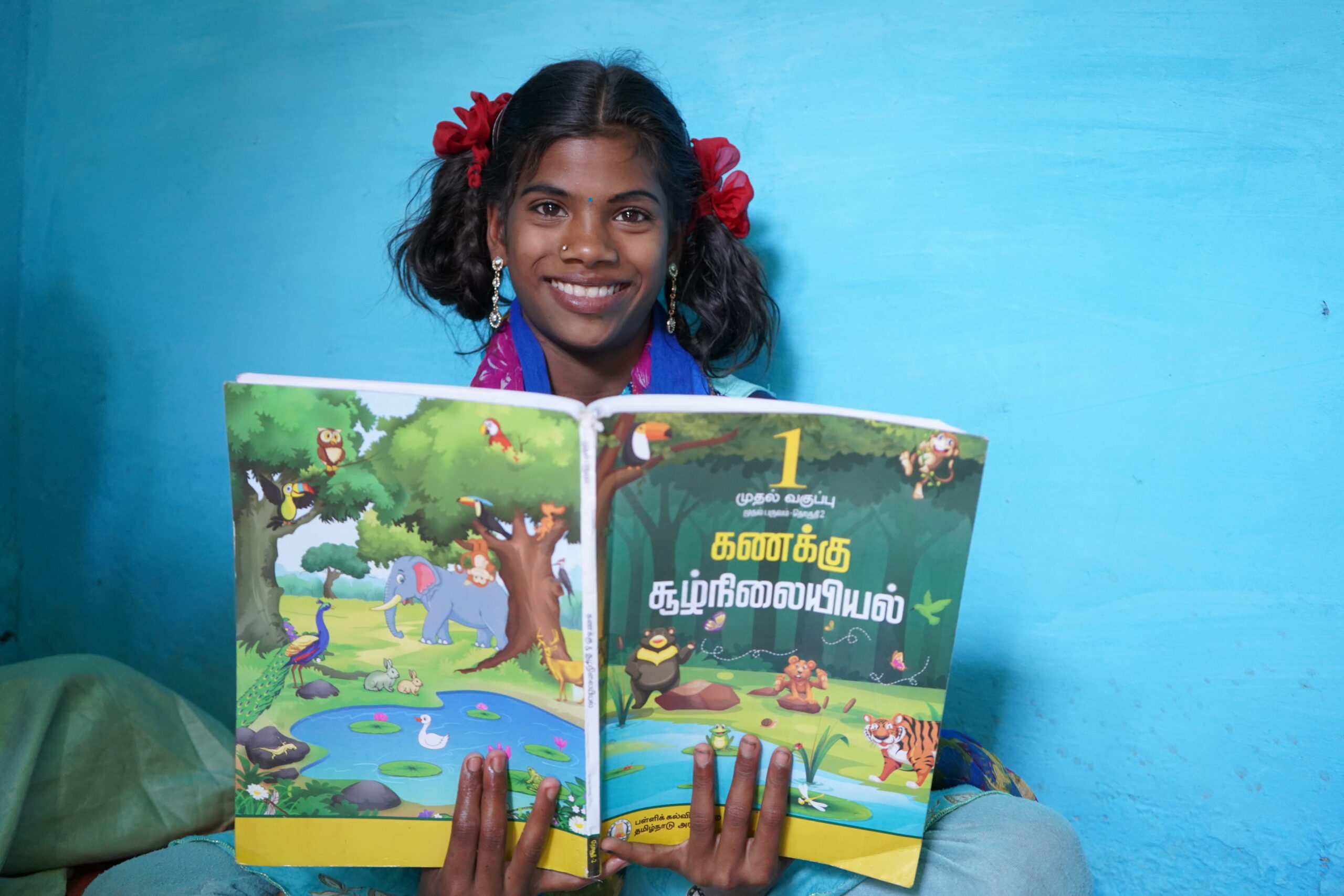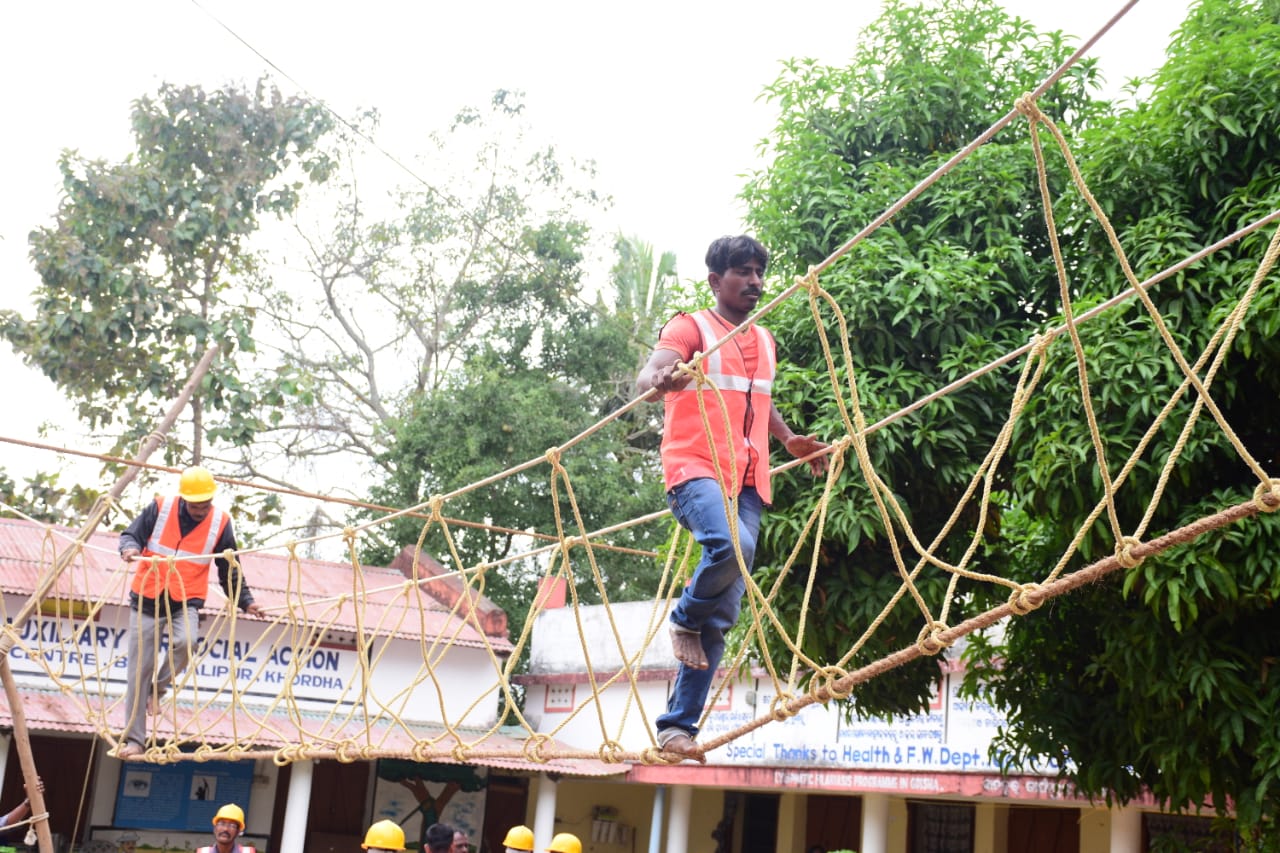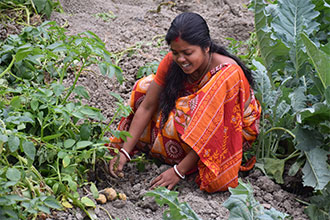CASA BLOGS

Millet: From the change in old food to our modern existence
The United Nations has declared 2023 to be the “International Year of Millet” at the request of the Indian government. The Department of Agriculture & Farmers Welfare wants to spread millet throughout the entire world by promoting its larger-scale production and consumption. A very significant crop in Indian agriculture, millets are an old crop of humanity.
One of the earliest crops to be grown was millets. Research indicates that millets were eaten during the Indus-Sarasvati culture (3,300 to 1300 BCE). The traditional grain that is consumed by half of the people in Asia and Africa is millets. Worldwide, millet is available in roughly 6,000 different kinds. Sorghum (jowar), finger millet (ragi or nachni), brown top (sama), kodu (arke), proso (chena/barr), barnyard (sanwa), and foxtail millet (kora) are a few of them. The healthiest grains are millets since they are devoid of gluten, helpful for the digestive system, and protect us from heart disease. Millets are a rain-fed crop that require little soil and are simple to grow in comparison to other grains. Millet farming don’t take as much time and attention as rice and wheat do.
Although millets have been used in India for a very long time, between 1972–1973 and 2004–2005, consumption of bajra or pearl millet decreased by 67% in urban areas and by 59% in rural ones. In accordance with another study, jowar, bajra, maize, and ragi supplied 23% of India’s grain needs in 1983 but just 6% in 2011. India declared 2018 the National Year of Millets to promote the growth and consumption of millets, also known as nutri-cereals, in an effort to halt the trend of declining millet consumption. By 2020–21, millet output will have increased from 14.52 million tons in 2015–2016 to 17.96 million tons. Brown top, Kodu, Proso, Barnyard, and Foxtail are positive millets, whereas Jowar, Bajra, and Ragi are regarded as neutral millets. Because they are so good for the digestive system and help treat long-term diseases like diabetes, these five millets are growing in popularity. Some of the factors that have contributed to the popularity of millets include:
Millets are a superfood that has a number of health benefits.
Millets are rich in fiber, protein, and vital vitamins and minerals. As a nutritional powerhouse, they are well known. It benefits immunity, losing weight, and general health. having a high content of nutrients such dietary fiber, carbohydrates, protein, and healthy fats as well as minerals like calcium, iron, manganese, zinc, potassium, and magnesium. Due to their low calorie content, millets can help with fitness and energy maintenance. Millets have also been proved to reduce migraines, asthma symptoms, and pollutants from our systems, allowing our organs to function at their best.
Government initiatives to promote millet production and consumption: On April 10, 2008, millets were rebranded as “Nutri Cereals,” and 2018 was named the National Year of Millets. Between 2021 and 2016, the CARG for the global millets market is predicted to be 4.5%. A dedicated month in 2023 has been given to the center ministries, state governments, and Indian embassies to implement various activities to promote IYM and spread knowledge of the benefits of millets, according to a statement from the nodal agriculture ministry. As the International Year of Millets (IYM) gets underway, the government has planned a variety of promotional activities focused on millets around the nation, while also emphasizing that millets are a crucial part of the G-20 summits.
Millets are essential for boosting farmers.
One of the most straightforward crops to grow in a field is millets. It does not need as many fertilizers or as much care as wheat and rice do because it is a rainfed crop. One of the first crops grown for dietary purposes was millets. Millets are simple to plant and care for since they grow more quickly, fit into a variety of cropping systems, and are very good at adapting to shifting climatic and environmental circumstances.
A long and storied tradition of millet farming has been practiced by the Bhil tribes of Maharashtra’s Dhadgaon area for all of recorded time. For many centuries, millet planting has been an essential component of their agricultural techniques, influencing their way of life and supporting their communities. These tenacious tribes have perfected the technique of cultivating millets in the region’s difficult terrain, especially finger millet and pearl millet. Because of their in-depth familiarity with traditional farming methods like crop rotation and rainwater collection, they have been able to adjust to climate variations in the area and preserve a resilient and sustainable agricultural ecology. The Bhil tribes of Dhadgaon have kept their traditional history and made substantial contributions to the environment via their commitment to millet farming.
Wrapping Up, the next big thing in agriculture is millet production. It is a prospective crop for agriculture because of its advantages for farmers, good for the environment, and excellent for health. India’s groundwater has decreased by 61 percent between 2007 and 2017, according to data. As a result of its low water need and favorable climatic conditions, millet is an excellent crop to be produced. Because of their potential as a cash crop and the advantages they provide, millets have the ability to guarantee global food security in the future. Millets have started to gain popularity among the people as a result of their special physical and agricultural properties. CASA is taking steps to make millets once again a common crop since they are better in minerals and proteins. If the crop is consumed regularly, a balanced existence can be attained.
 Previous Blog Post Safeguarding tomorrow’s future Child Nutrition and Sustainable Progress
Previous Blog Post Safeguarding tomorrow’s future Child Nutrition and Sustainable Progress Daan Utsav: Earning Smiles Through Giving
Daan Utsav: Earning Smiles Through GivingFeatured Post

Empowering Rural Education in India:
14 Mar 2024
Introduction: In the vast tapestry of India, education is the key to unlocking the door to a brighter future. However, the challenge of providing quality education to the rural parts of the country persists. In this blog post, we will delve into the crucial role that Non-Governmental Organizations (NGOs) play in bridging the educational gap […]

Empowering the Future: Disaster Management Training for School Children in Disaster-Prone Areas
22 Feb 2024
Introduction: In the face of increasing natural disasters worldwide, it becomes imperative to equip our younger generation with the knowledge and skills necessary to handle emergency situations. Children, being one of the most vulnerable groups during disasters, can greatly benefit from disaster management training. This blog explores the significance of imparting such training, with a […]

Empowering Women: Transforming Lives Through Sustainable Livelihoods in Rural India
16 Feb 2024
Introduction: In the heart of rural India, a silent revolution is taking place as women embrace newfound opportunities for sustainable livelihoods. This transformation not only uplifts individual lives but also contributes to the overall development of communities. At [Your Organization’s Name], we are committed to driving positive change by providing women in rural India with […]



Leave a Reply
You must be logged in to post a comment.